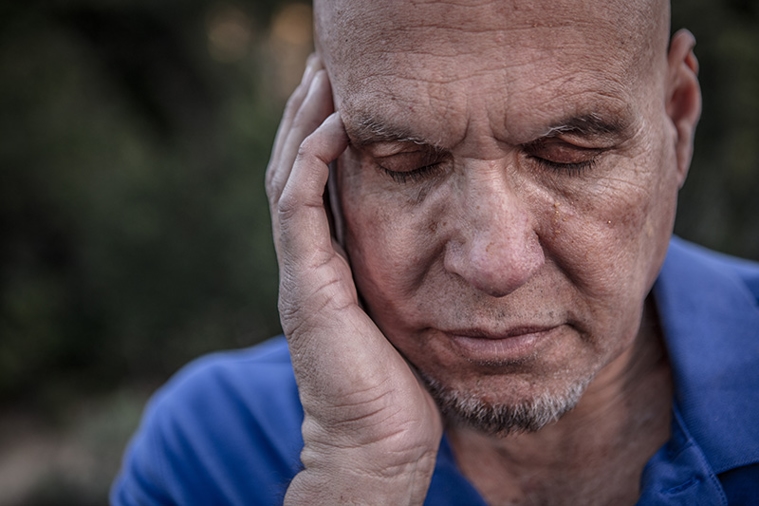Co-Occurring Disorders
May 4, 2022

Hailey Blair, Substance Use Counselor, Adventist Health Howard Memorial
May is Mental Health Awareness month. Mental health is something that everyone must seek to cultivate and balance. With daily life stressors and current events, there lies a real risk of burnout and mental unwellness. However, for much of the population (about one in five) mental illness may be caused by organic chemical imbalances from either genetics or traumatic life events. According to the National Institute of Mental Health, close to 53 million adults in the U.S.—around 21% of the population—have a mental illness.
Arron Hightower, Director of Clinical Services for Aegis Medical Systems Incorporated, claims that it is believed that between 70 and 80 percent of people with a substance use disorder have a previously existing co-occurring disorder. The disorders most indicated are depression, anxiety, and a history of trauma or a high ACES (Adverse Childhood Experiences Survey) score. Almost every person I have met with addiction issues eventually uncovers that they have underlying conditions that they have been self-medicating for unconsciously. People who use substances in this manner have found creative means of coping with difficult conditions where a lack of better options has existed. By the time I meet with them, the substance use has already begun to create more problems than originally solved. Someone said to me once that “when the pain of staying the same becomes greater than the pain of change, people invariably do,” and I find that to be quite accurate.
Mental health is yet another bitter area made taboo by stigma. Left untreated, mental health issues combined with substance use can result in increased suicidality as stigma keeps people hiding in the dark rather than asking for help. The commonality between stigma, substance use, and mental health issues is shame; shame loves secrecy and darkness, where mold festers and grows. These conversations need to happen to reduce stigma and realize the services necessary for good mental hygiene and collective healing. Sunlight is the best disinfectant. When we share with another human being the internal struggles we’ve been hiding, it transcends the grasp that shame holds and allows liberation of the spirit.
Julia Cameron, author of The Artist’s Way, offers a great tool that I often share with patients attempting to maintain balance and mental wellness in their recovery. Draw a large circle on a sheet of paper. Write out six categories: Recovery, Work, Family, Social, Leisure, and Spirituality (however you express this in your life). Next, divide each of the six sections like slices of pie, attributing enough space to represent how much time you currently spend in each. Most often, our circles look like lopsided wheels. The goal is to have six evenly sliced portions. In reality, our slices will never be even, but we keep the goal in mind, nonetheless. We remind ourselves that a balanced life has an ever-moving fulcrum and practice compassion around our humanity. These tools are fantastic antidotes to shame.
I leave you with a wonderful TED Talk—The Power of Vulnerability—by Brene Brown, a research professor at the University of Houston and a leading authority on the topic of shame.


